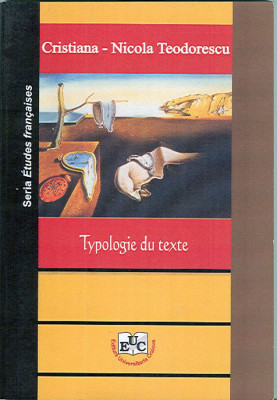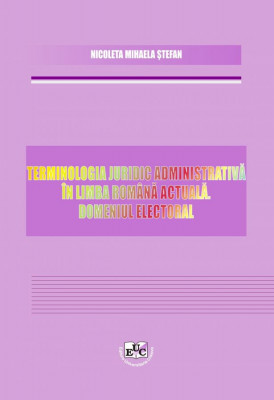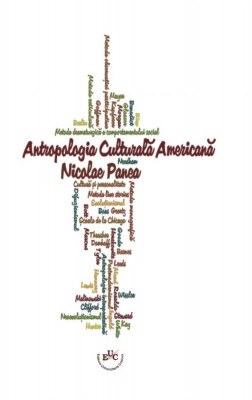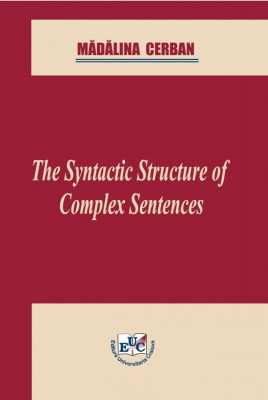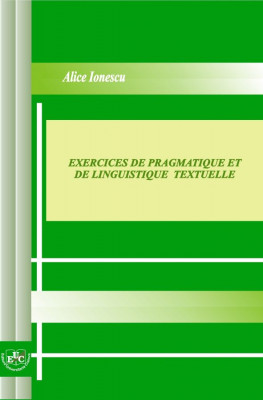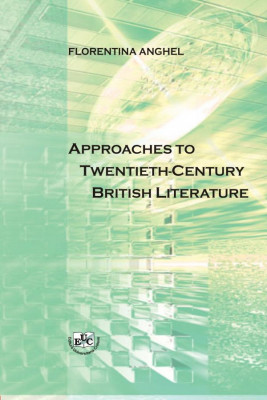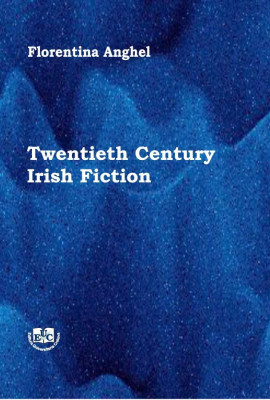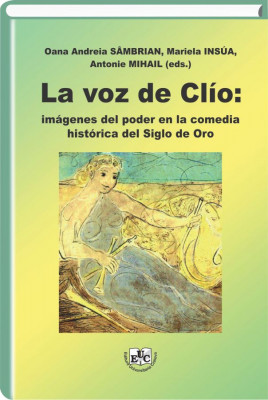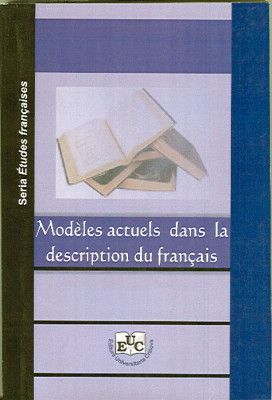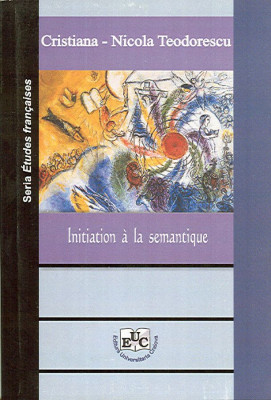Anthroponymic Index of the Toponymic Dictionary of Romania. Oltenia is an extremely rich archive, in which we discover anthroponyms on different levels of structural complexity and frequency levels, pre/names that have been preserved active until today, but also anthroponymic “archaisms”, with limited spatial and temporal existence.
All the toponyms that originate from the names of people from the cited dictionary have been inserted here. These either overlap in shape – the place name Aga comes from the anthroponym Aga; the toponym Florea Albu, from the anthroponym Florea Albu etc., or refer to anthroponyms by means of group names – Antonești < group n. antoneşti (< predicative Anton), Florești < group n. florești (< p. Florea), of other place names – Dealu Brătășanca (deal + toponymic determinant Bătășanca coming, in its turn, from p. Brătășanca), or they are derived – Dedoviţa < p. Dedov + suff. -iţa with possessive value, “belonging to Dedo", and possessive adjectives: Partea Albinească < adj. albinească (< p. Albină).
Within the articles that can be found in the paper, there is information that refers to: the internal structure of the toponyms to which the anthroponyms belong; the syntactic relationships established between the terms of the names of analytical places; the frequency and location in the field of the names; phonetic and lexical variants; etymology.
Through all the information it contains, the anthroponymic index represents an invaluable source for various fields of activity, from the “classical” ones – linguistics, onomastics, history, sociology, demography, geography, anthropology, religion, etc., to the newer ones, which deal today with information management and digitization. The creation of a digitized database of (all) people's names (extracted from archives, dictionaries, old works, but also from current documents) facilitates the collection, analysis and connection of information about individuals, families (reconstruction of family trees and relationships between different races) and communities over the centuries, providing a clear vision of social, linguistic and cultural changes.


